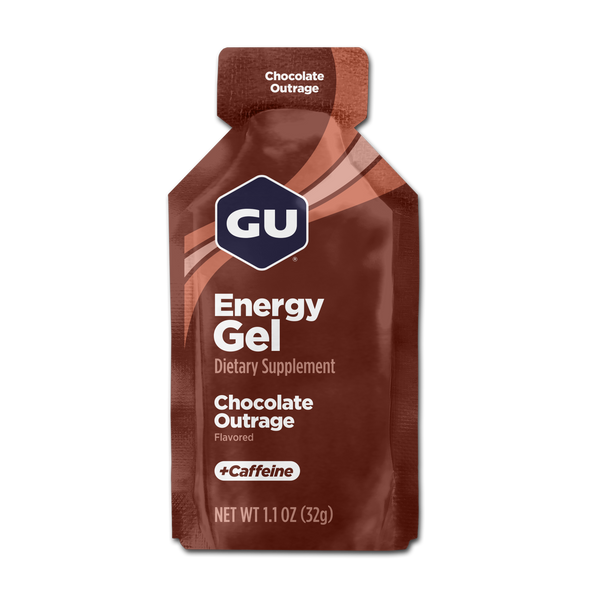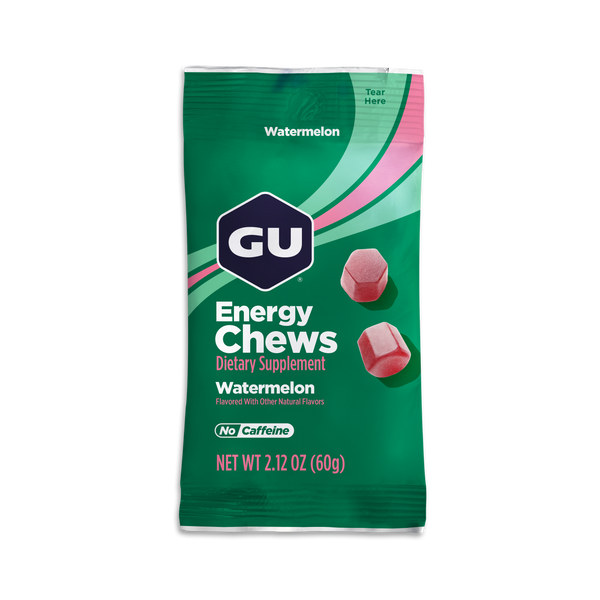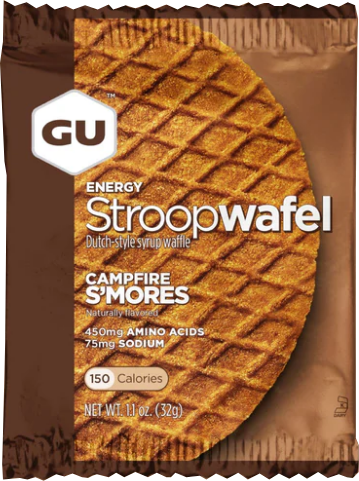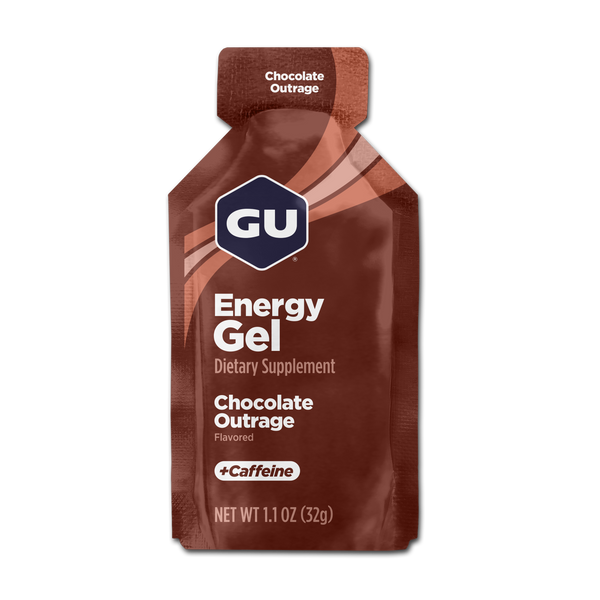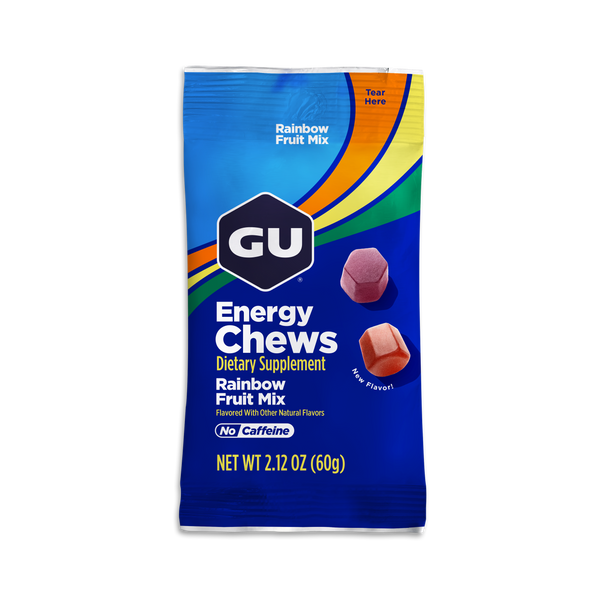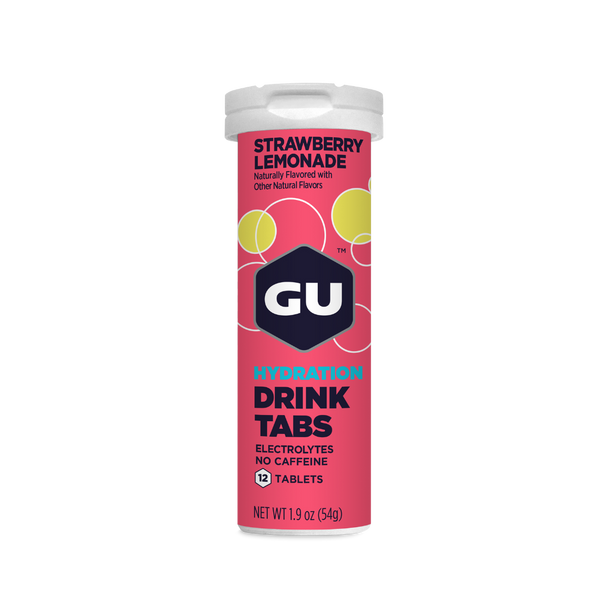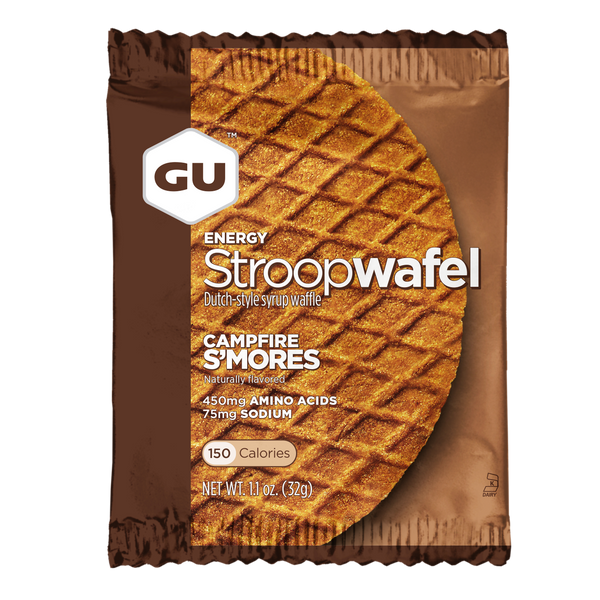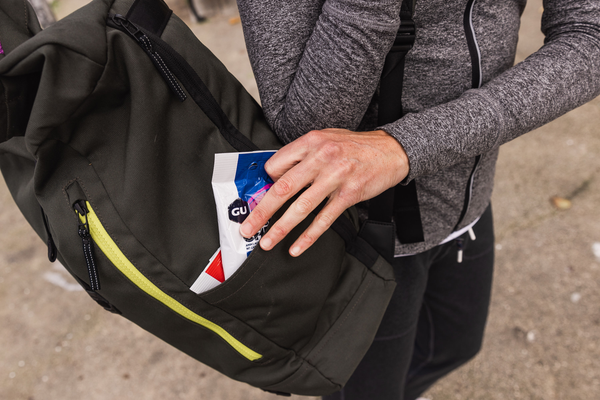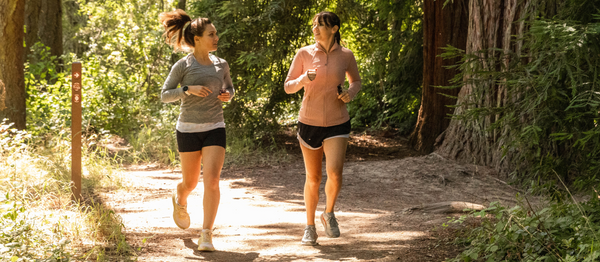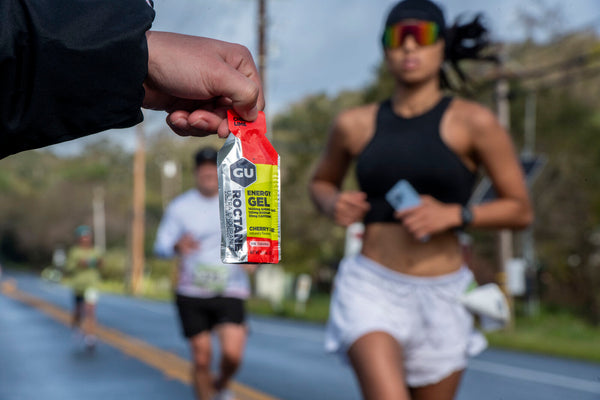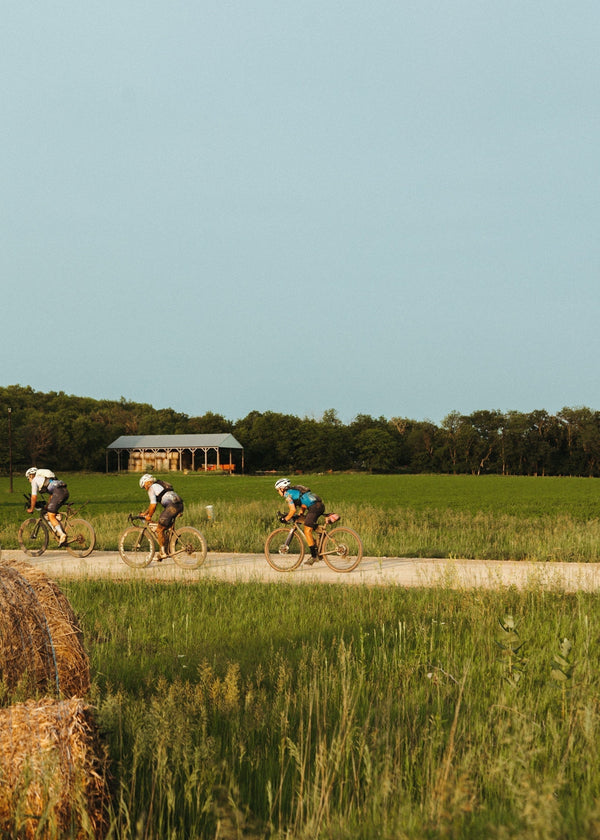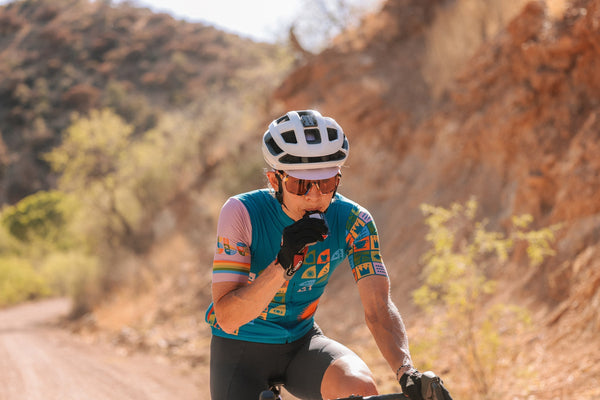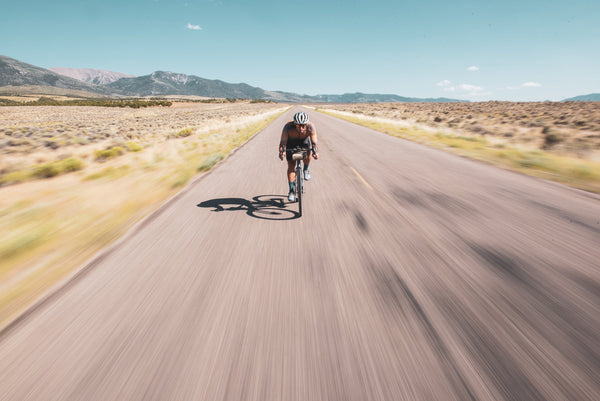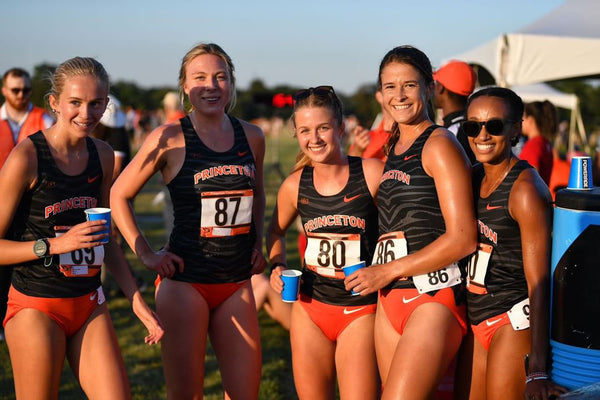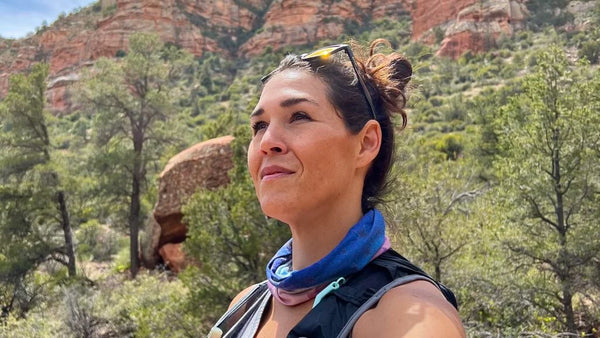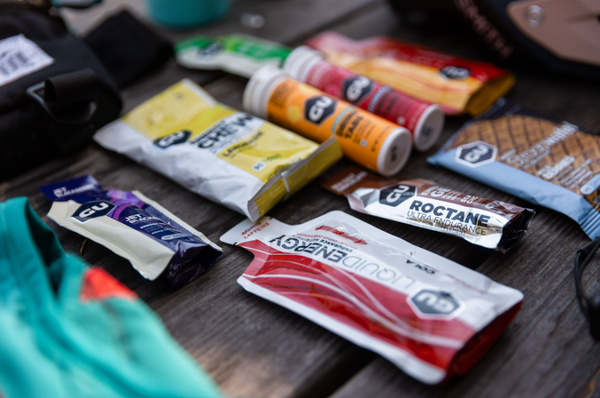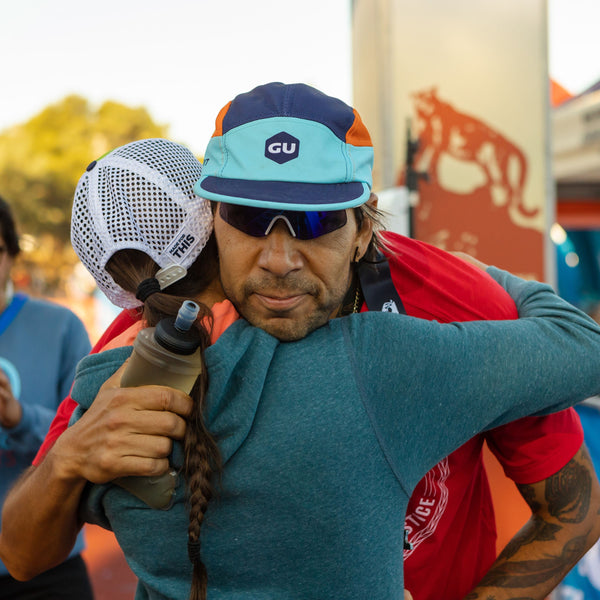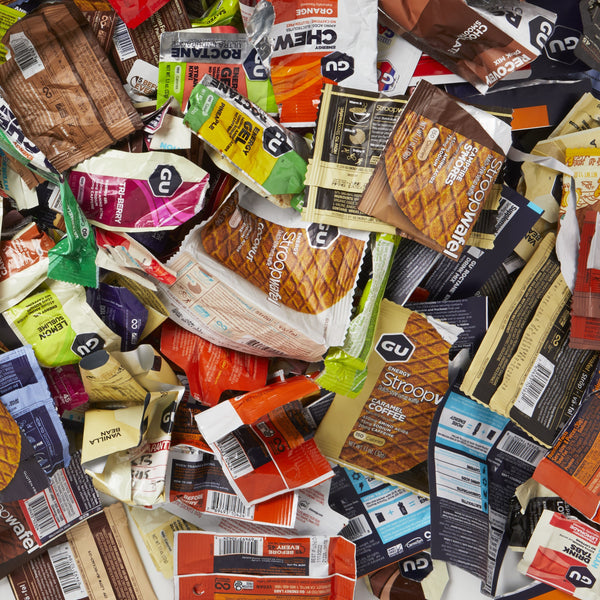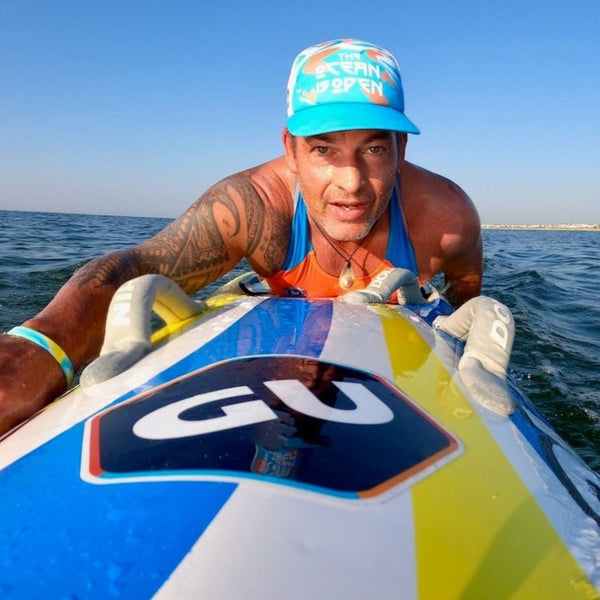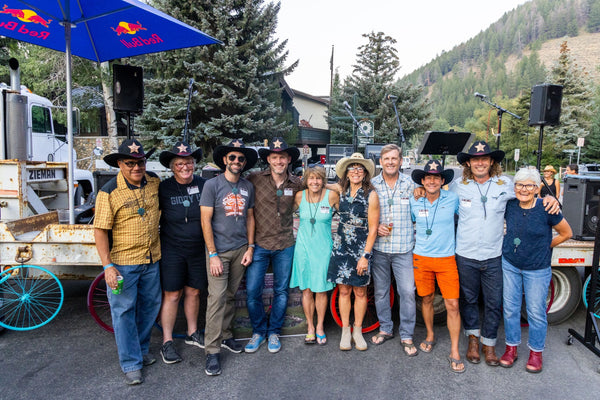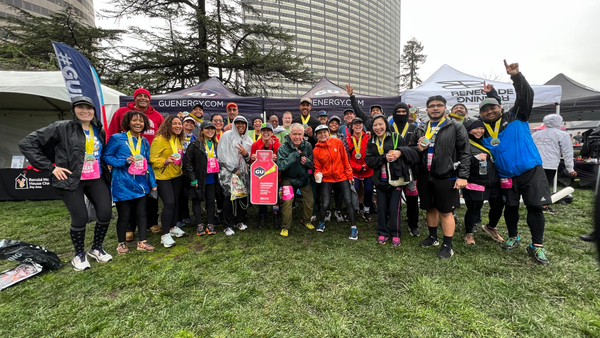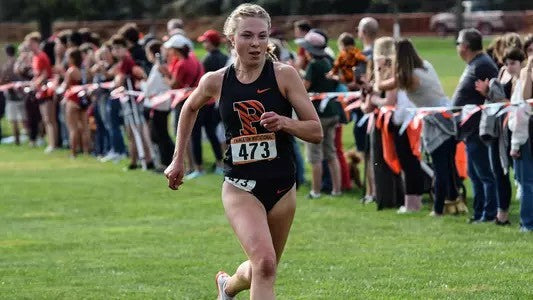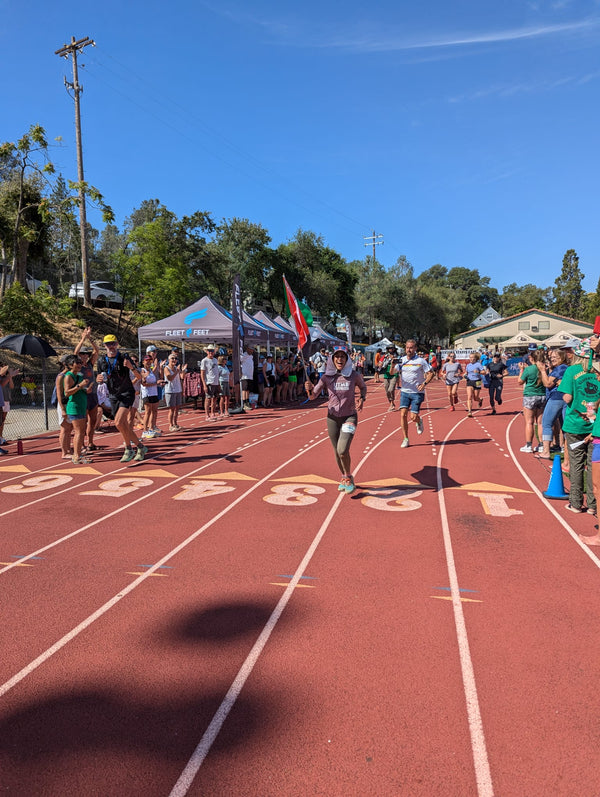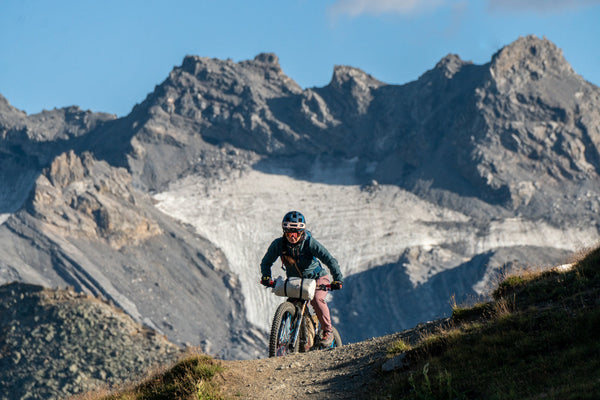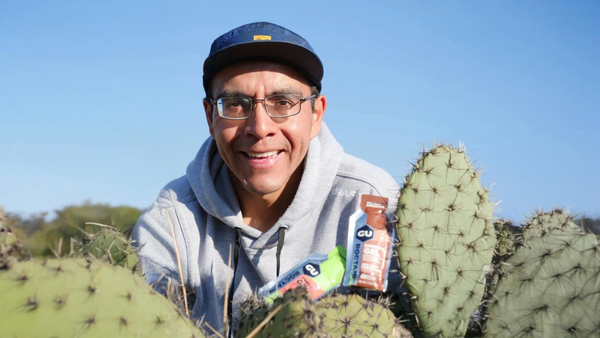Salty’s Squad is our ambassador team made up of dedicated athletes and engaged community members. Our team includes athletes who spread the GU love and exemplify what it means to train and compete with integrity. Our Salty’s Squad ambassadors teach us what it means to love what you do on a daily basis while always striving for that next PR, from local fun runs to world championship competitions! We recently caught up with Rocío Villalobos about her social justice work and how that intersects with her running pursuits.
GU: We’re so excited to focus this month's Salty’s Squad feature on you! How about a brief introduction?
Rocío: My name is Rocío, which (fun fact) means dew in Spanish. I was born and raised in what is now called Austin, TX and have lived here my whole life.

My life was deeply shaped by two borders: I-35 as the dividing line between East & West Austin, and the US-Mexico border that separates my family. The presence of those borders provided my earliest lessons with respect to injustices and inequities.
During my second year of undergrad at UT, an environmental justice org called People Organized in Defense of Earth and her Resources changed my life. Seeing Xicana Indigenous women leading this org and doing this work transformed the way I saw myself and the role I could play in my community. Thanks to PODER, I started learning more about the history of this city and began to understand why my community & the east side looked the way that it did. Since then, I’ve committed my life to justice work in some shape or form. I’ve volunteered and worked for nonprofits and now I work for the city doing racial equity work. I am still growing and evolving - learning and unlearning.
Struggles with severe depression and history of an eating disorder have also shaped me and affected the way I move through this world. They led me to seek solace in the outdoors and to connect with the land. I started hiking, camping and running about 6 years ago in an attempt to find balance and nurture my mental health. Almost immediately, it felt like I found a piece of myself that I didn’t know was missing. Connecting with the land has also been deeply important to me as an Indigenous woman. Now I hike and camp as much as I can, and I’m a trail and ultra runner.
GU: Let's jump right in! I recently read a blog post about you on Kammok and was particularly struck by this bit:
“Rocío suggests that instead of asking why we don’t see certain groups outside, we should be asking if communities are already spending time outdoors in ways that don’t fit the mainstream idea of what we think as outdoor time.
She describes the popular vision of the outdoors as, 'Feeling like an almost hypermasculine idea,' where you have to do something physically draining.
According to Rocío, there is value in trying new, challenging things, but this doesn’t have to be the only way we enjoy the outdoors. The goal should be connecting to the land, and that’s going to look different for everyone. As we begin addressing inclusivity in these spaces, it’s important to remember we’re not here to force change upon people.”
I was wondering how you see this applying with ultra-running and that community.
Rocío: I see so many people qualify their running because they're running shorter distances and/or because they're back-of-the-pack runners. They will share that they’re not “real” runners because they’ve never run more than 3 miles at a time. For me, there's joy in movement, in whatever shape it takes when it allows you to feel connected to your surrounding environment. It’s not required that you finish a run feeling exhausted or depleted. Sometimes that feeling can be satisfying after a hard workout, but when it’s the norm, it’s just draining.
What if you could finish a run where the focus was feeling emotionally and spiritually nourished?
Maybe you got to experience a colorful sunrise or sunset, or visited a trail that was new to you, or got to hear the birds singing first thing in the morning. The point is that you made time for yourself and time to nurture your relationship with the land.
This past December, I completed my first trail ultra, and there was one other runner who I distinctly remember. This particular race had a number of out-and-backs on really tricky terrain and whenever I encountered this runner at these out-and-backs, she was visibly upset with a sour look on her face. I heard her cursing out loud at the fact that she had to do these out-and-backs because they were slowing her down. She was so focused on time and running a fast race that she didn’t allow herself to enjoy running through what is undoubtedly one of the most beautiful state parks in central Texas. I wonder how differently her race experience might have been if she had allowed herself to take in the beautiful landscape in all its shapes and terrains, both smooth and rugged. For most runners, running is a hobby, which by definition is an activity that one “pursues in spare time for pleasure or relaxation.” What a shame it would be to allow ourselves to be robbed of that joy.

GU: How do you experience the outdoors through ultra-running, and how we can make the outdoors (and ultra-running) a welcoming place for all?
When I first started running, I immediately noticed that there weren’t a lot of people who looked like me in my local run clubs. Even less so when I began trail running. After the murder of George Floyd and Ahmaud Arbery, and then the incident with Christian Cooper, I saw a huge jump in the number of conversations happening about race in general, and also specifically racial equity within outdoor and running spaces. There’s been a growing recognition that Black, Indigenous, and other people of color have different experiences in the outdoors because of the ways we’ve been racialized. It can literally be a matter of life and death. I have heard people say that nature doesn’t discriminate, ignoring or forgetting that people are not separate from nature and that they bring their biases with them, even when they’re outdoors. We don’t stop being people of color when we get on the trail.
What helps me to contextualize the practice of running, and to remember that I belong on the trails, is the fact that Native and Indigenous peoples have been running (and running what we now call ultramarathons) in the mountains and the desert and everywhere in between long before the notion of ultramarathons existed. Learning about the Peace and Dignity Journey where the focus is to run in prayer, build community and nurture connections between Native and Indigenous peoples changed my relationship to running. I participated in my first prayer run in 2016 and have participated in others since then. Running on the trail helps me feel more connected to that history of running in prayer. It’s not about conquering or competition, it’s about feeling whole. On a spiritual level, I feel at peace when I’m on the trail because it feels like I’ve come home. At the same time, as an Indigenous woman, I still feel concerned for my safety when I go out for a run.
Centuries of racialization and socialization don’t just vanish just because we will it so, making it all the more important for groups and companies to take action.
At the surface level, taking action can look like diversifying the athletes that represent a brand and ensuring that there are BIPOC staff at all levels of an organization as well as on the board. On a deeper level, it can also mean revising the vision, mission, and/or values that guide the work of an organization so that they explicitly center equity. There are also BIPOC-led groups that are already doing the work to support and center BIPOC athletes whose stories and narratives need to be amplified. It will take ongoing work, on a small and large scale, to create the change we need.
GU: Thank you for your thoughtfulness on these important issues and your practical action items for beginning to create change. Just one more question, on a less serious note...For fun, if you could choose the next flavor we make, what would it be?
Rocío: If you don’t know about mangonadas, you’re missing out. A mangonada is essentially pureed mango with chamoy, which has a flavor that’s both savory and sweet. The best way to enjoy a mangonada is to drink it out of a straw that’s covered with tamarind candy. If GU could manage to pull off a mangonada-flavored product, I would be the happiest person alive.
GU: That sounds SO GOOD! Definitely passing the suggestion along to R&D. Thank you Rocío for being on the Salty's Squad and for the social justice work you do everyday.

